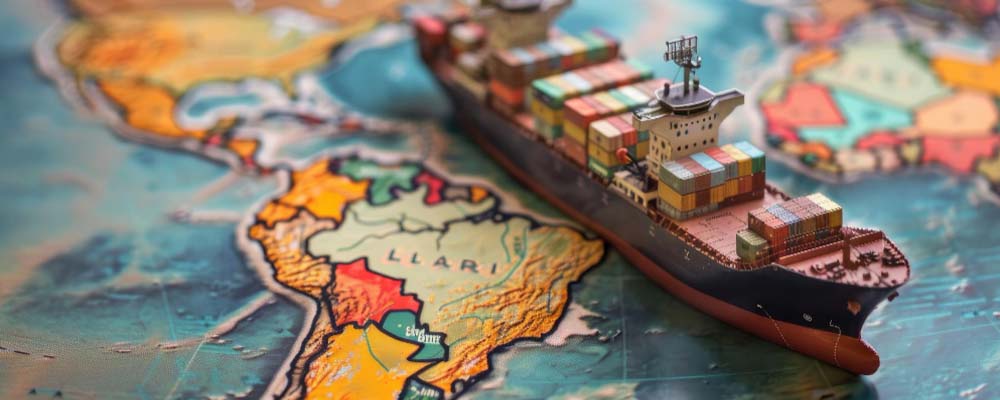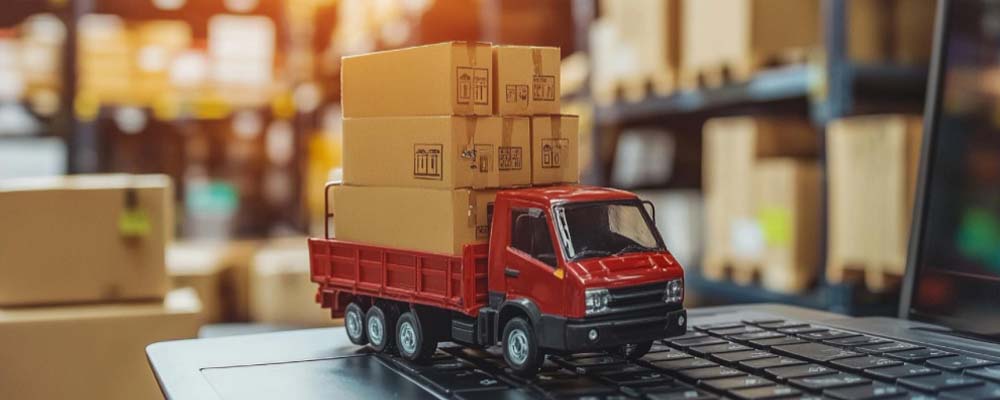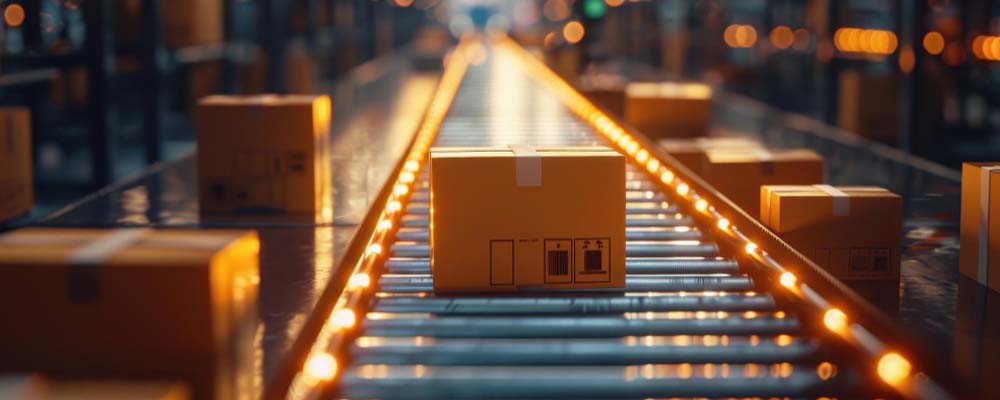
Shipping goods internationally can be a complex process, especially when dealing with specific countries that have unique regulations and logistical challenges. Peru, as a growing hub for South American trade, offers many opportunities for businesses in freight forwarding, logistics, manufacturing, and e-commerce. However, understanding the key steps, regulations, and best practices is critical for anyone shipping to the country.
In this comprehensive guide, we will provide essential tips and insights on how to successfully ship to Peru. We will cover key considerations such as customs regulations, transportation options, import documentation, challenges in the shipping process, and how to choose the right logistics provider.
This article helps freight forwarding companies, logistics providers, importers and exporters, customs brokers, manufacturers, and e-commerce businesses establish or improve their shipping processes to Peru.
Overview of Peru’s Shipping Landscape
Peru is a key player in South America’s trade ecosystem. It has robust trade relations with countries like the United States, China, Brazil, and several European nations. The country’s major seaports, such as the Port of Callao, and airports like Jorge Chávez International Airport, serve as critical gateways for both imports and exports.
Why Peru?
Peru’s economy has shown consistent growth over the past decade, driven by industries like mining, agriculture, and manufacturing. These sectors, combined with an expanding middle-class consumer base, have made Peru an attractive destination for foreign businesses looking to trade.
For businesses in the logistics sector, understanding the infrastructure in Peru is essential. Road networks, port facilities, and warehousing capacities have been improving, but they still present some logistical challenges, particularly in rural areas or regions like the Amazon.
Essential Documents for Shipping to Peru
Shipping to Peru requires proper documentation to ensure smooth customs clearance and avoid delays. A failure to provide the correct paperwork can lead to fines, penalties, or even confiscation of goods.
These are the key documents you need for shipping to Peru:
1. Commercial Invoice
The commercial invoice is crucial as it provides details on the value, quantity, and description of the goods being shipped. Ensure that the invoice is clear and contains all necessary details like the shipper’s information, consignee’s information, and terms of sale.
2. Bill of Lading (BOL) or Airway Bill (AWB)
The Bill of Lading or Airway Bill is a document issued by the carrier to acknowledge the receipt of cargo. This document is important for both maritime and air shipments to Peru.
3. Packing List
The packing list provides a detailed breakdown of the contents of each package being shipped. This helps customs officials verify that the shipment matches the commercial invoice.
4. Certificate of Origin
Some products may require a Certificate of Origin to confirm the country from which the goods are being shipped. This document is often needed for goods to qualify for reduced tariffs under free trade agreements, such as the U.S.-Peru Trade Promotion Agreement.
5. Import License
Certain categories of goods require import licenses, particularly if they are regulated by Peruvian law. Importers should confirm with their Peruvian customs broker if any additional licenses are needed for their products.
 Customs Regulations and Import Duties in Peru
Customs Regulations and Import Duties in Peru
Peru’s customs regulations can be complex, and importers must be prepared to navigate them efficiently. Customs in Peru are regulated by the National Customs and Tax Administration (SUNAT), which oversees all import and export operations.
1. Tariff Classifications
Understanding the correct tariff classification of goods is essential. Peru uses the Harmonized System (HS) for categorizing products, and each category has its corresponding duties and taxes.
2. Import Duties
Import duties in Peru vary by product category. The general rate ranges from 0% to 11% depending on the type of goods, but some products may be subject to higher rates due to special circumstances or regulations.
3. Value-Added Tax (VAT)
In addition to import duties, shipments to Peru are subject to Value-Added Tax (IGV) at a rate of 18% on the CIF (Cost, Insurance, and Freight) value of the goods.
4. Free Trade Agreements
Peru has free trade agreements with several countries, including the United States, European Union, China, and Canada, which can reduce or eliminate duties on certain products. For businesses in countries that have trade agreements with Peru, it’s important to determine if your products qualify for preferential tariff treatment.
 Best Shipping Methods to Peru
Best Shipping Methods to Peru
Shipping to Peru can be done via sea, air, or land, depending on the nature of the shipment, the urgency of the delivery, and the final destination within the country.
1. Sea Freight
Sea freight is the most cost-effective option for large, bulky, or heavy shipments. The Port of Callao is the primary entry point for maritime goods, and from there, goods are transported inland via road or rail.
- Best for: Large shipments, heavy cargo, and non-urgent goods.
- Transit times: Typically between 3-5 weeks from major ports like Los Angeles or Rotterdam.
2. Air Freight
For urgent or high-value shipments, air freight is the preferred option. Jorge Chávez International Airport handles the bulk of air cargo shipments.
- Best for: Perishable goods, high-value items, urgent deliveries.
- Transit times: As fast as 2-5 days, depending on the origin country.
3. Land Freight
Although less common, land freight is possible from neighboring countries like Chile, Ecuador, and Brazil. This option is often used for regional trade within South America.
Common Shipping Challenges to Peru
While Peru is an attractive market, there are several challenges businesses may face when shipping to the country:
1. Customs Delays
Customs procedures in Peru can sometimes be slow, particularly for first-time importers who are unfamiliar with local regulations. Working with experienced customs brokers and ensuring all paperwork is in order is essential to avoid delays.
2. Rural Logistics
While major cities like Lima and Arequipa have well-developed infrastructure, reaching rural areas—especially in the Amazon or the Andes—can be challenging. Road conditions can be poor, and delivery times may be longer than expected.
3. Regulatory Changes
Peruvian customs and import regulations are subject to change. Staying updated on regulatory changes, such as tariff adjustments or new licensing requirements, is crucial for avoiding penalties.
The Role of Customs Brokers in Peru
Customs brokers play a critical role in the shipping process, especially for businesses unfamiliar with Peru’s import regulations. A good customs broker will handle the customs clearance process, ensuring all documentation is correct, duties are paid, and goods are released promptly.
1. Why Use a Customs Broker?
- Expertise: Customs brokers are familiar with the latest regulations and can help you navigate complex rules.
- Efficiency: They streamline the clearance process, reducing delays.
- Compliance: Ensuring compliance with local laws reduces the risk of fines or shipment rejections.
Key Tips for E-commerce Shipments to Peru
With the rise of e-commerce, businesses worldwide are targeting Peru’s growing online shopping market. Shipping small parcels or high volumes of orders requires specific strategies to ensure cost-efficiency and customer satisfaction.
1. Use Local Warehousing
Setting up local warehouses or using fulfillment centers can reduce shipping times and costs, improving the customer experience for Peruvian buyers.
2. Optimize for Duties and Taxes
Ensure that the full cost of the shipment, including duties and taxes, is transparent to the customer. Many Peruvian consumers are wary of unexpected costs upon delivery.
3. Leverage Courier Services
For e-commerce shipments, partnering with international courier services like DHL, FedEx, or UPS can provide faster delivery times and more reliable tracking.
Choosing the Right Logistics Provider for Peru
Selecting a logistics provider is one of the most critical decisions for businesses shipping to Peru. A reliable provider will not only ensure timely deliveries but also offer valuable insights into optimizing your shipping strategy.
1. Experience in Peru
Choose a provider with proven experience in handling shipments to Peru. They should understand the country’s regulations, infrastructure, and potential challenges.
2. Global Network
A logistics provider with a global network will be able to coordinate cross-border shipments more effectively, reducing transit times and costs.
3. Technology and Tracking
Modern logistics providers should offer real-time tracking and digital tools to help businesses monitor shipments and manage their supply chains efficiently.
Future Trends in Peru’s Logistics and Shipping Industry
Peru’s logistics industry is evolving, driven by increased trade, e-commerce growth, and infrastructure investments. Staying informed about future trends helps businesses stay ahead of the curve:
1. E-commerce Growth
The demand for faster and more efficient delivery services is likely to rise as online shopping continues to grow in Peru. This creates opportunities for logistics providers to offer specialized services like same-day or next-day delivery.
2. Infrastructure Investments
The Peruvian government is investing in infrastructure projects to improve the country’s road networks and expand port capacities. This will enhance logistics capabilities and reduce transit times in the future.
 Conclusion
Conclusion
Shipping to Peru presents unique opportunities and challenges. Understanding the country’s regulations, choosing the right shipping methods, and working with experienced customs brokers are essential steps for success.
By staying informed about Peru’s shipping landscape and leveraging the right logistics partners, businesses can ensure smooth and efficient operations, whether they are moving large freight shipments or handling individual e-commerce orders. With Peru’s growing role in international trade, now is the time for businesses to capitalize on the opportunities this vibrant market offers.




 Customs Regulations and Import Duties in Peru
Customs Regulations and Import Duties in Peru Best Shipping Methods to Peru
Best Shipping Methods to Peru Conclusion
Conclusion




